What people were listening to before rock & roll
Before rock & roll shook the world with its electrifying beats, the musical stage was set by a diverse range of genres that each played a vital role in shaping the soundscape of the era. Music in the early 20th century was a vibrant tapestry woven from the threads of jazz, blues, country, and more. These genres not only entertained but also reflected the cultural and social changes happening across the globe. Let’s dive into the captivating sounds that paved the way for the rock & roll revolution.
The Roaring Twenties: Jazz Takes Center Stage

The 1920s, often referred to as the Roaring Twenties, saw jazz music move into the spotlight. Originating from African American communities in New Orleans, jazz was characterized by its lively rhythms and improvisational style. Legends like Louis Armstrong and Duke Ellington rose to fame, captivating audiences with their innovative sounds. Jazz clubs became the place to be, with people flocking to venues like the Cotton Club to experience the magic of live jazz performances.
The Swing Era: Big Band Brilliance

The 1930s and 40s ushered in the Swing Era, where big bands dominated the musical landscape. Swing music, with its upbeat tempo and catchy melodies, brought people to the dance floor in droves. Band leaders like Benny Goodman and Glenn Miller became household names, leading orchestras that featured dazzling arrangements. This era also saw the rise of swing dancing, with styles like the Lindy Hop capturing the spirit of the times.
Blues: The Heartfelt Roots
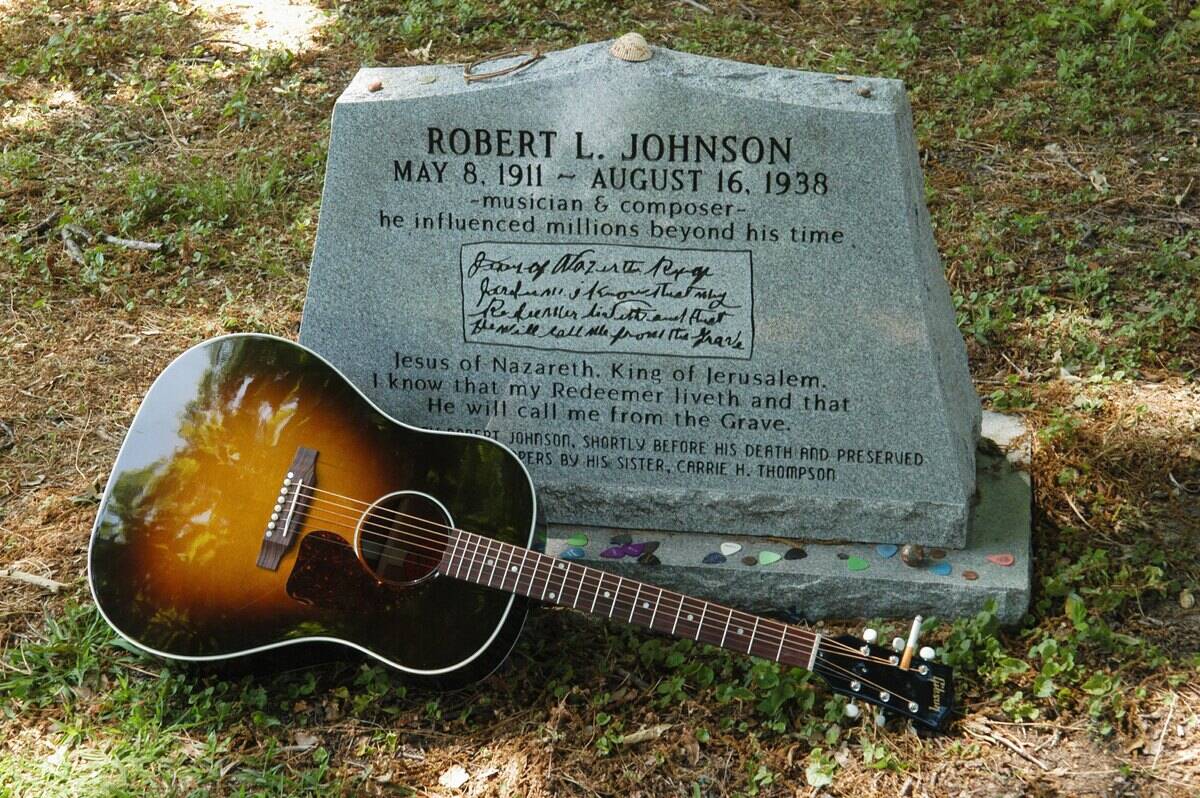
Blues music, with its deep emotional resonance, served as the foundation for many musical genres that followed. Emerging from the Mississippi Delta, blues was a reflection of the African American experience, with themes of love, hardship, and resilience. Artists like Robert Johnson and Bessie Smith brought their soulful expressions to life, influencing countless musicians in the years to come. The 12-bar blues format became a staple, providing a framework for the heartfelt storytelling that defined the genre.
Country Music: From Barn Dances to the Radio
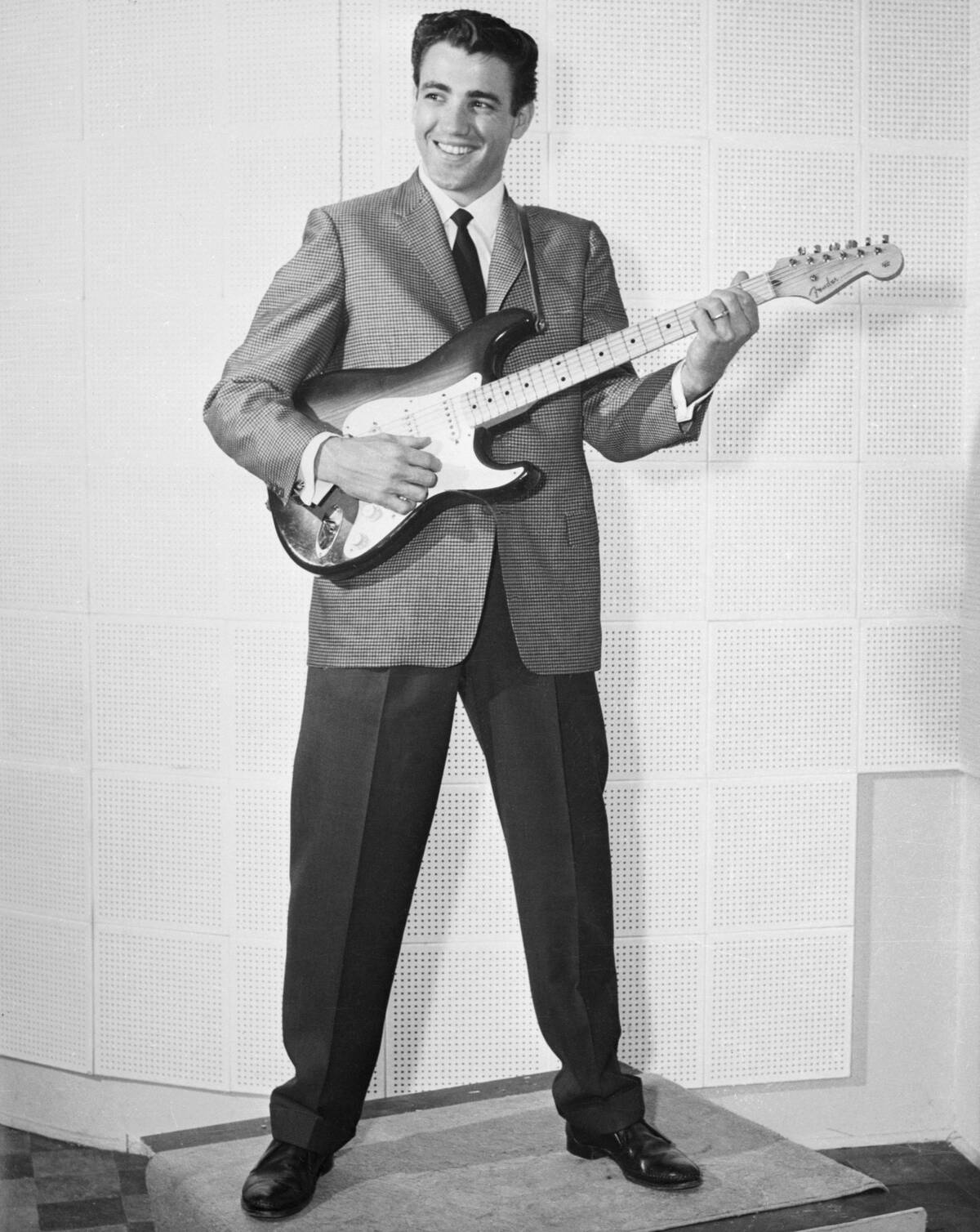
Country music, rooted in the folk traditions of rural America, gained popularity in the early 20th century. Initially played at barn dances and local gatherings, it wasn’t long before country found its way onto the airwaves. Pioneers like Jimmie Rodgers and the Carter Family became stars, bringing tales of everyday life to listeners across the nation. The Grand Ole Opry, first broadcast in 1925, played a crucial role in elevating country music to a national audience.
Ragtime: The Syncopated Sensation
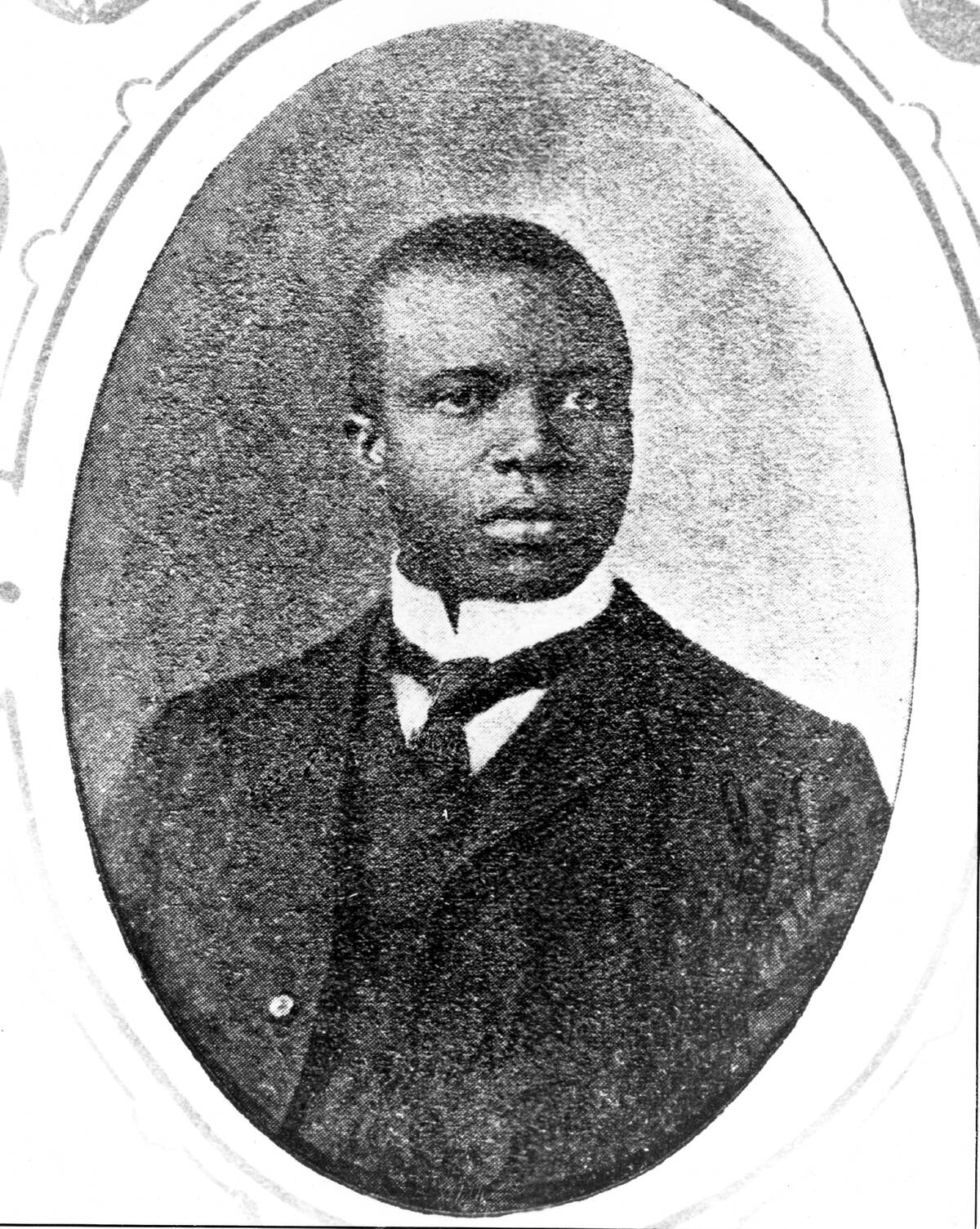
Ragtime, with its distinctive syncopated rhythms, emerged in the late 19th century and captivated audiences with its lively melodies. Scott Joplin, known as the “King of Ragtime,” composed classics like “Maple Leaf Rag” that became synonymous with the genre. Ragtime’s unique sound was characterized by a steady bass line juxtaposed with a syncopated melody, creating an infectious energy that made it a favorite in dance halls and parlors alike.
Gospel: Soulful Sundays and Heavenly Harmonies

Gospel music, with its roots in the African American church, brought spiritual fervor and uplifting messages to congregations and beyond. Known for its powerful harmonies and emotive delivery, gospel music was more than just a form of worship; it was a source of inspiration and community. Figures like Mahalia Jackson and Thomas A. Dorsey helped popularize gospel, infusing it with elements of blues and jazz to create a sound that resonated deeply with audiences.
Classical Music: The Timeless Tradition
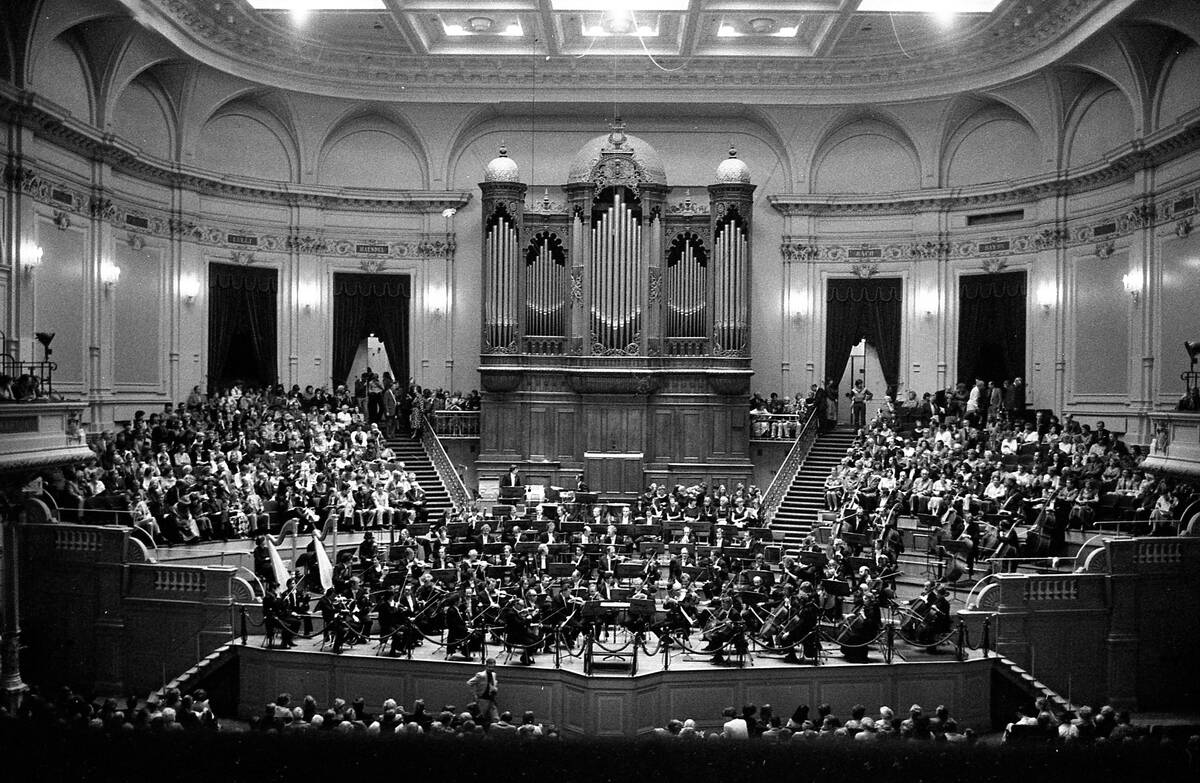
Classical music continued to be a significant presence in the musical landscape before rock & roll, offering a rich tapestry of symphonies, operas, and chamber works. Composers like Igor Stravinsky and Aaron Copland brought innovative approaches to the classical form, blending traditional techniques with modern influences. Concert halls thrived as cultural hubs, where audiences could experience the grandeur and complexity of orchestral performances, often conducted by maestros like Arturo Toscanini.
Folk Music: Stories of the People

Folk music, characterized by its storytelling and simplicity, captured the essence of everyday life. Passed down through generations, folk songs served as a means of preserving history and cultural identity. The genre experienced a resurgence in the early 20th century, with artists like Woody Guthrie using their music to comment on social and political issues. Guthrie’s “This Land Is Your Land” became an anthem, reflecting the struggles and hopes of the American people.
The Rise of Crooners: Smooth Vocalists Winning Hearts
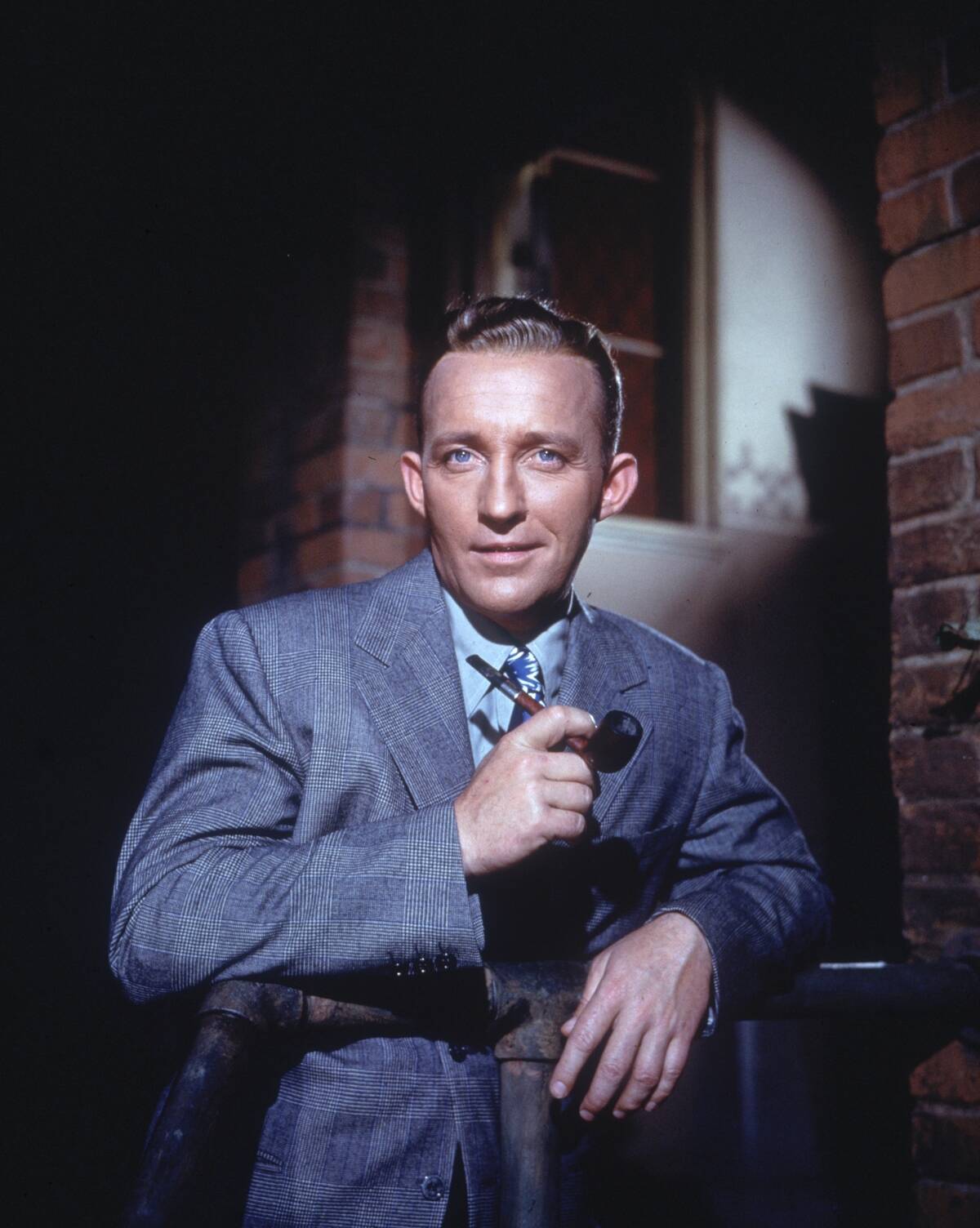
In the 1930s and 40s, crooners emerged as the romantic voices of a generation. These smooth vocalists, including Bing Crosby and Frank Sinatra, captured hearts with their intimate and emotive singing style. The invention of the microphone allowed for a more nuanced vocal delivery, making the crooner’s voice the centerpiece of the performance. Radio and film further propelled their popularity, as audiences swooned over the tender and sentimental ballads that defined the era.
Tin Pan Alley: The Birthplace of American Pop
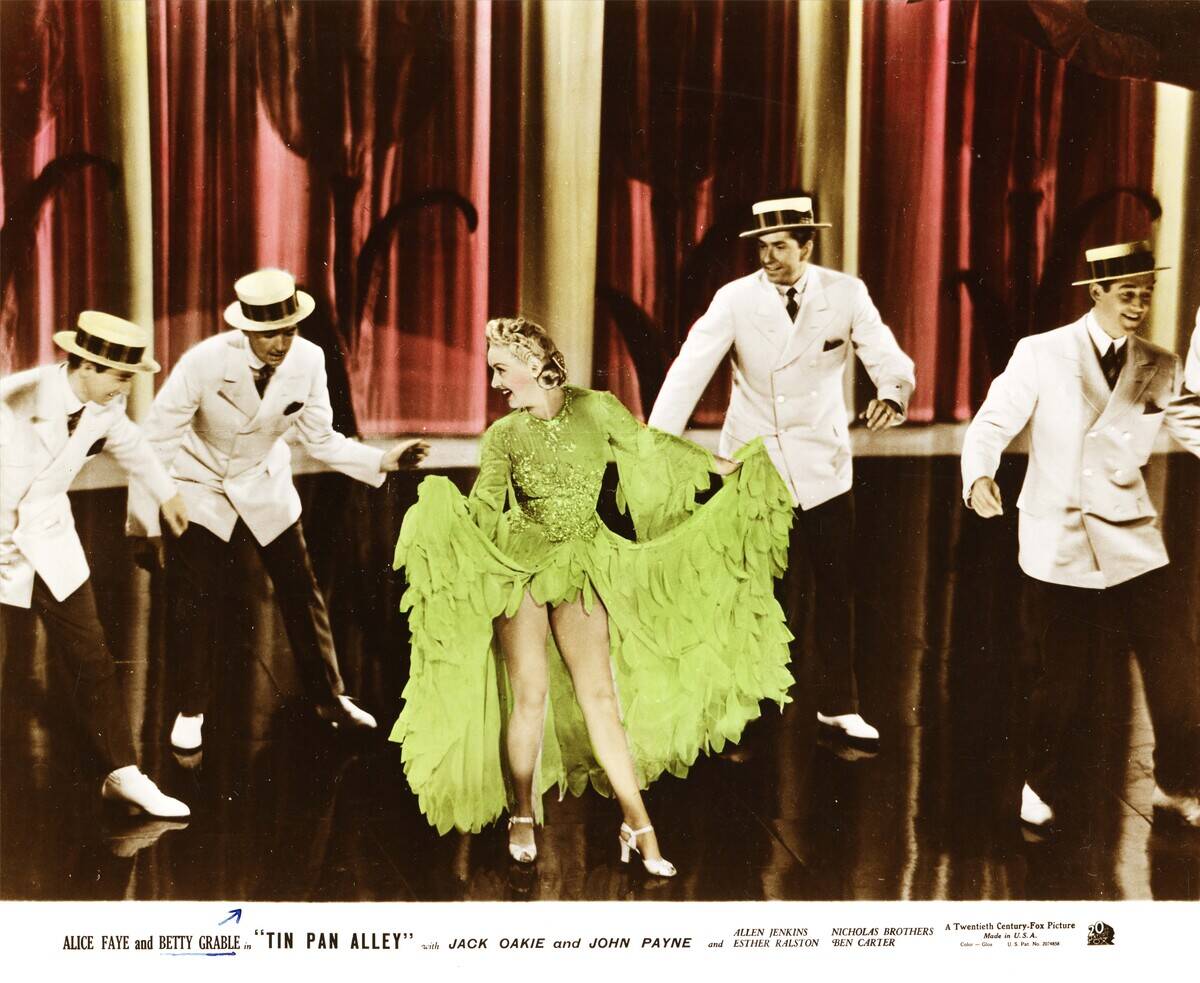
Tin Pan Alley, a bustling hub of music publishing in New York City, was instrumental in the development of American popular music. During the late 19th and early 20th centuries, songwriters like Irving Berlin and George Gershwin churned out hits that would become standards. These catchy tunes were often performed in vaudeville shows and later on Broadway. Tin Pan Alley’s impact was far-reaching, establishing a template for the pop music industry that persists to this day.
Latin Music: Rhythms from South of the Border

Latin music brought vibrant rhythms and infectious energy to the American music scene, infusing genres like jazz and pop with new life. Styles such as the tango, rumba, and mambo gained popularity, thanks to artists like Xavier Cugat and Desi Arnaz. The 1940s and 50s saw a Latin music craze, with dance halls filled with people eager to move to these captivating beats. The influence of Latin music can still be felt today, as its rhythms continue to inspire artists worldwide.
The Early Days of Rhythm and Blues
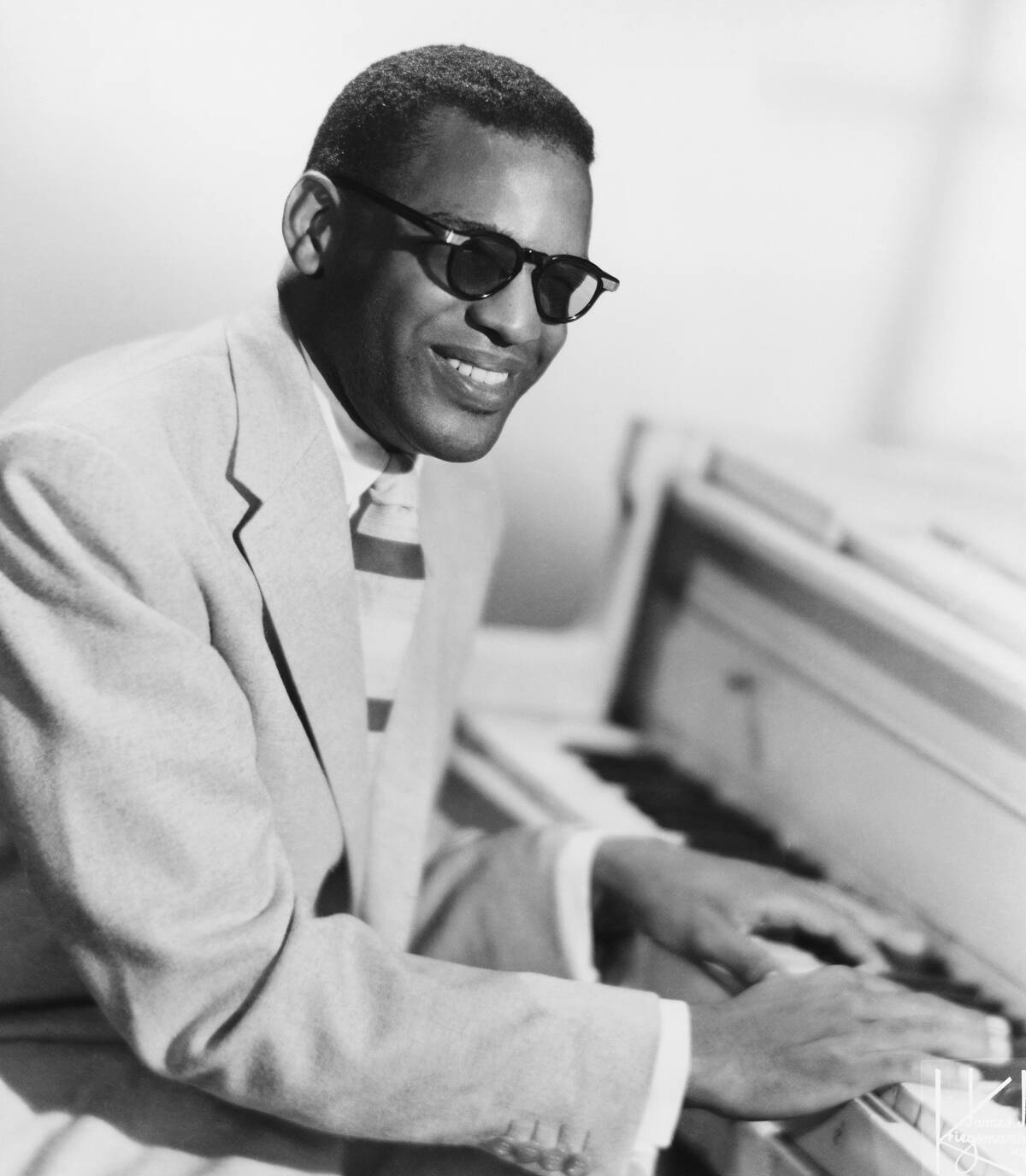
Rhythm and blues, or R&B, emerged in the 1940s as a powerful expression of African American culture. Characterized by its strong backbeat and emotive vocals, R&B laid the groundwork for the development of rock & roll. Artists like Ray Charles and Ruth Brown brought their dynamic performances to the forefront, captivating audiences with their soulful sound. R&B’s influence was profound, bridging the gap between blues, jazz, and pop, and paving the way for future musical innovations.
Barbershop Quartets: Harmonizing in Style
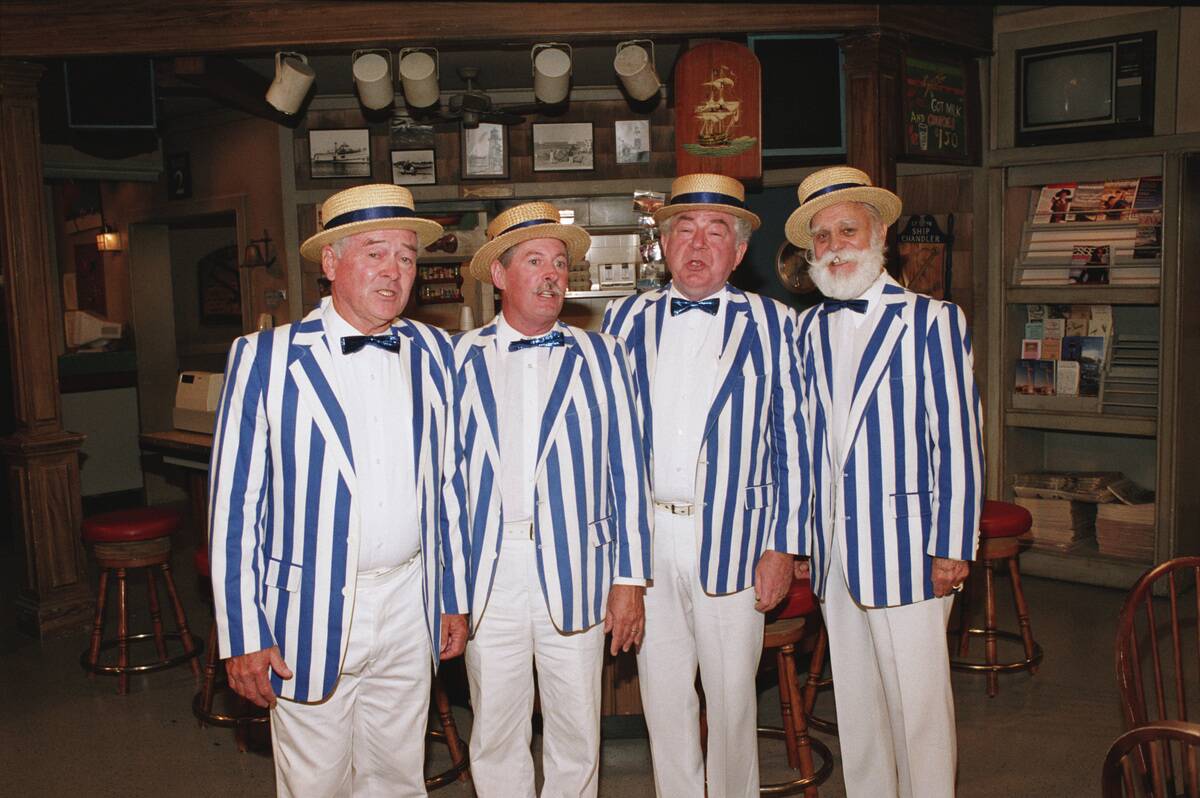
Barbershop quartets, known for their tight harmonies and a cappella performances, enjoyed popularity in the early 20th century. These groups, often performing in barbershops and social gatherings, delighted audiences with their intricate vocal arrangements. The style emphasized close harmony, with singers blending their voices to create a rich, resonant sound. Barbershop music remains a cherished tradition, celebrated for its nostalgic charm and the camaraderie it fosters among singers.
The Advent of Radio: A New Way to Discover Music
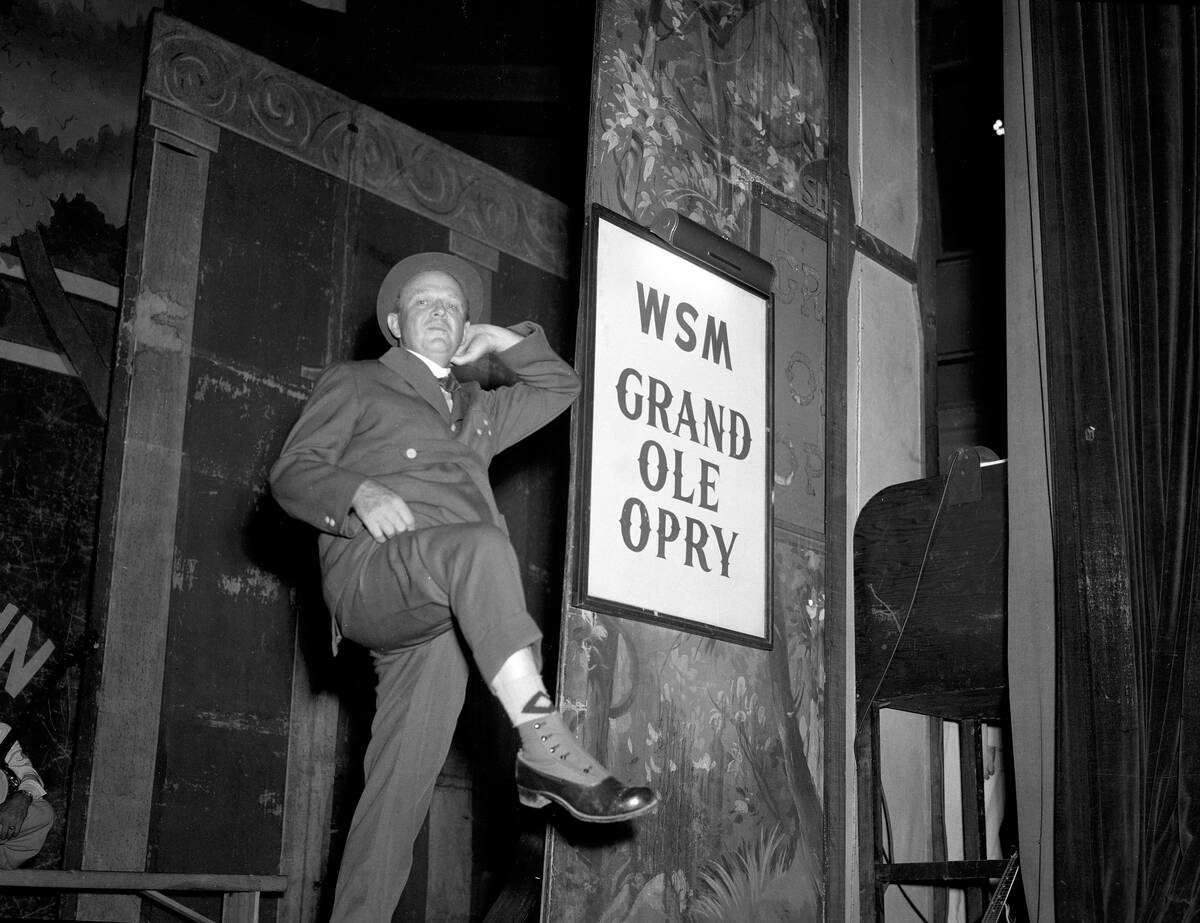
The advent of radio revolutionized the way people experienced music, bringing the sounds of the world into homes across the nation. In the 1920s and 30s, radio became a powerful medium for discovering new artists and genres. Programs like “The National Barn Dance” and “The Grand Ole Opry” introduced audiences to country and folk music, while big band performances captivated listeners with their live broadcasts. Radio’s reach and influence were unparalleled, shaping musical tastes and trends for decades to come.
Influential Record Labels: Shaping the Sound of Pre-Rock & Roll
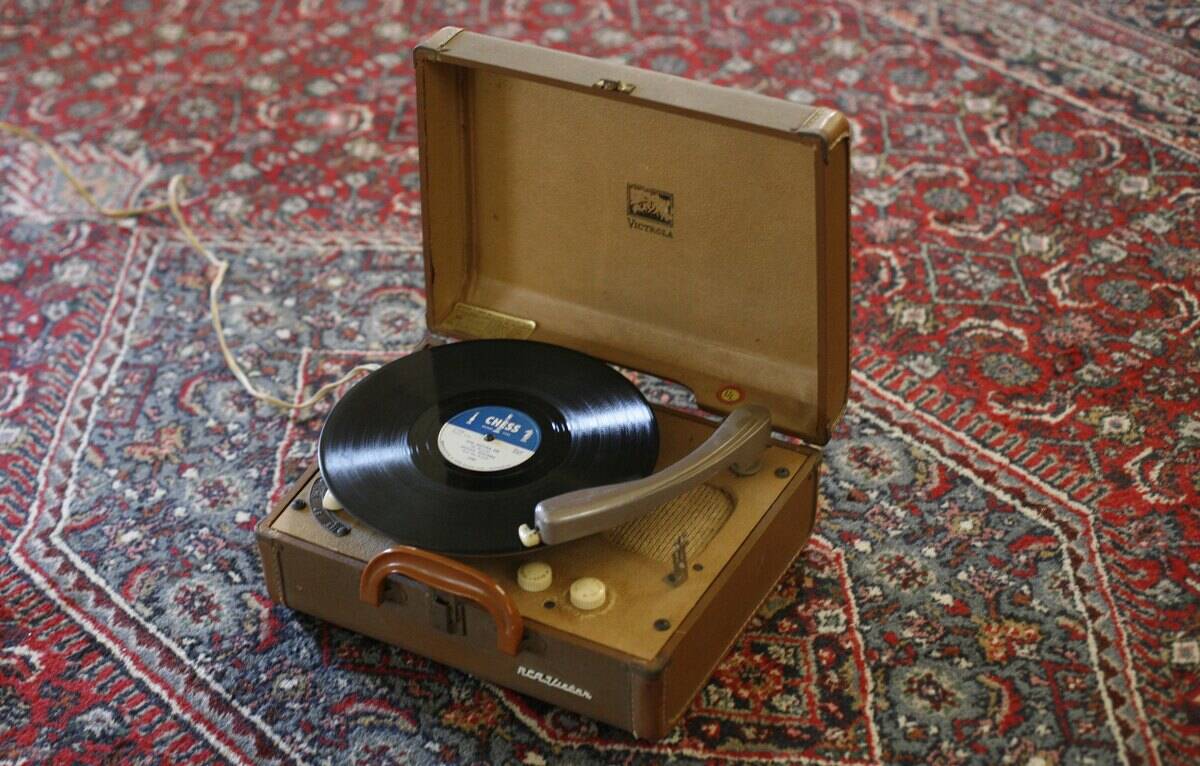
Record labels played a crucial role in the development of pre-rock & roll music, fostering talent and bringing diverse sounds to a wider audience. Labels like RCA Victor and Columbia Records were instrumental in promoting genres such as jazz, blues, and country, signing artists who would become legends. These labels not only recorded and distributed music but also helped shape the musical landscape by investing in new talent and innovative sounds. Their legacy continues to influence the industry today.



